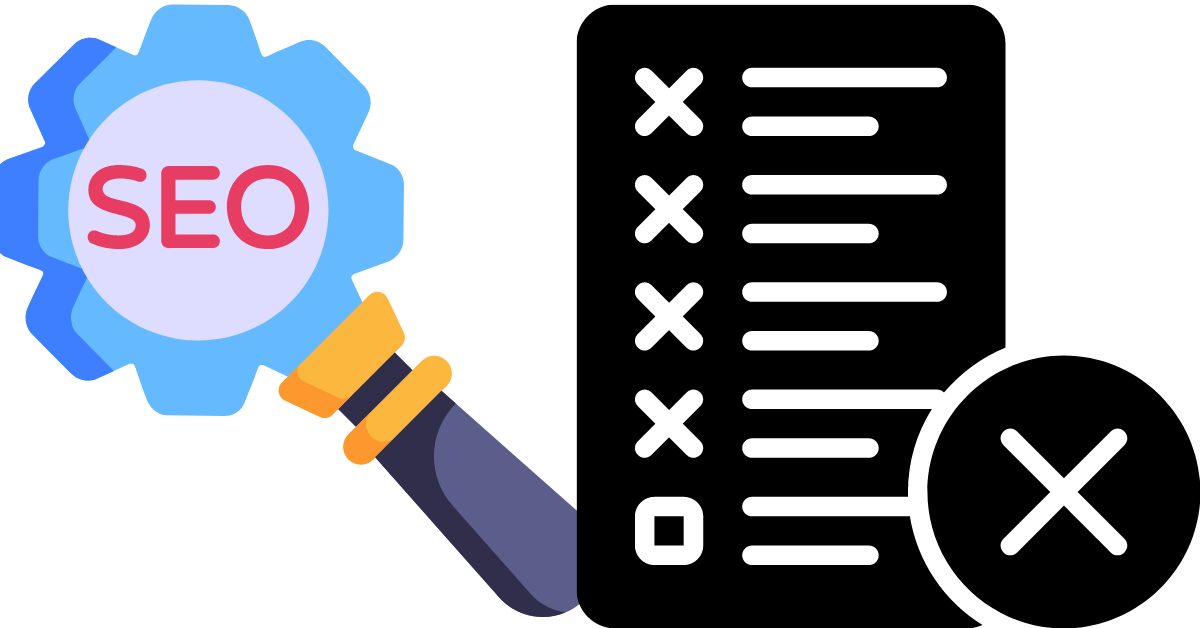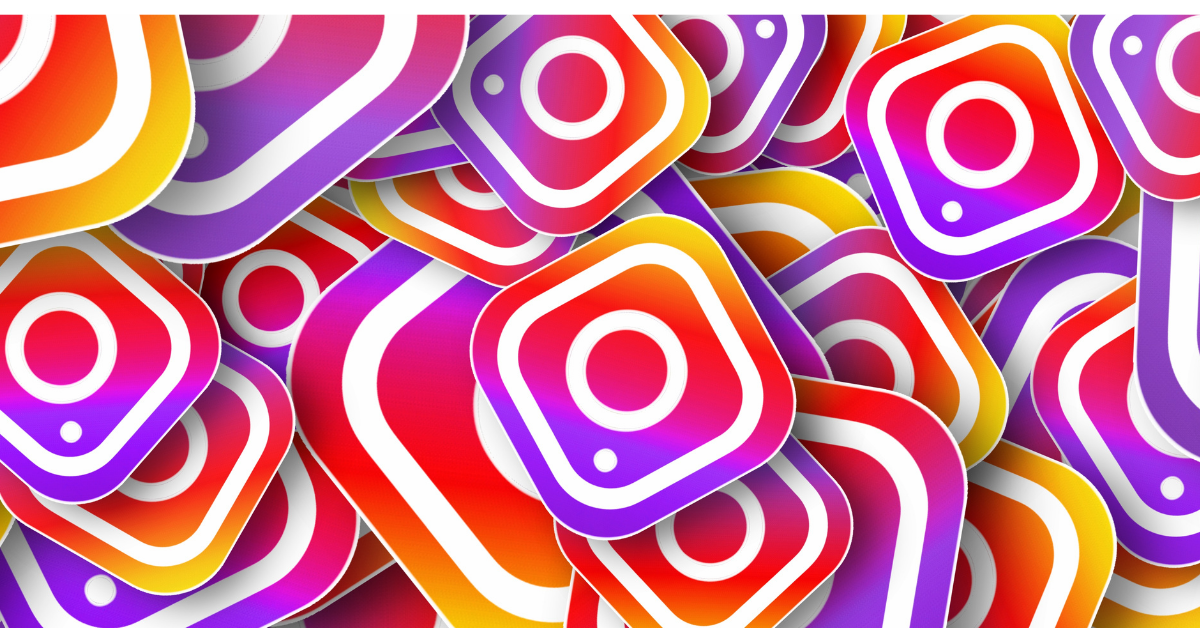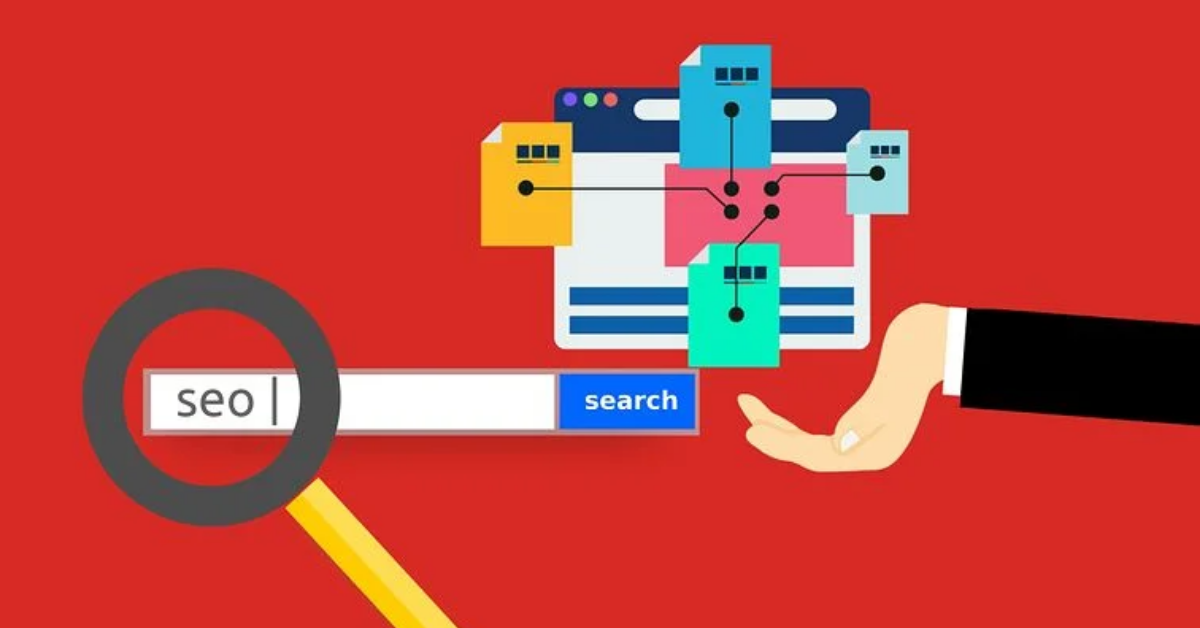Most brands and businesses today embark on search engine optimization (SEO). It is because statistics have proven that SEO is the magic of digital marketing. According to social media agency Hong Kong, the number one spot on Google garnered the highest CTR at 32%. Today, 76% of modern consumers will be looking for business using search engines.
SEO is no longer applicable to articles and website pages only. Even videos need to use SEO strategies as a video marketing agency Hong Kong noted. Video titles and meta descriptions play a significant role in gaining video views. As such, it is important for brands and businesses to have a basic knowledge about the 4 pillars of SEO.
A GLIMPSE OF SEO
A brand or business literally does not exist if people do not know about them, their products, and services. A digital marketing speaker Hong Kong defines SEO (Search Engine Optimization) as the process of improving your site to increase its visibility on Google, Bing, and other search engines. It makes people discover brands and businesses.
The better visibility a brand or business has, the better it gets traffic into their websites, and the more chances they have to influence people in buying their products and services. Search engines work like an index to all pages on the Internet. They use crawlers to categorize each page and rank them according to the experience and values they give among searchers. This is where SEO evolves. Brands and businesses try to rank on their own niche and provide solutions to the pain points and problems of their target customers.
WHY DOES SEO MATTER?
SEO matters because it makes sure that your target audience discovers your business. They drive traffic to your social media pages and websites. As they drive traffic, brands and businesses get a better chance of a conversion. They can influence people to follow social media channels and subscribe to newsletters. They can boost sales through limited offers and one-time promo codes.
Digital marketing today is not just a one-time process. Rather it aims to sustain brands and businesses. With SEO, you get to consistently connect with your customers and prospects. As better buying and customer experience matter in SEO, brands and businesses can build a loyal following that can help them last longer. Brands and businesses that are commonly ranking on Google have a better brand reputation and more followers.
THE 4 PILLARS OF SEO
The 4 pillars of SEO are content, off-site, on-site, and technical elements of a website.
Content
Content is king for every website. It tells prospects what a brand or business does. It shows how, when, and where they do it. Much more, it relays the message of why does it influence prospects to patronize a brand or business.
SEO dictates that you need to create content that educates and gives value to the audience. To make your brand or business stand out, focus on creating these three types of content:
- Credibility Content to give prospects a reason to engage in a brand or business.
- Marketing Content to position a brand or business as an industry expert.
- Service Content to appeal to the emotion of prospects and customers by showing what you do.
Off-site SEO
Off-site SEO includes external backlinks that can help build the domain authority of a brand or business website. Through content, you can create backlinks from other websites where you have obtained data from research. Below are 4 types of content that can boost off-site SEO:
- Comprehensive Guides about a certain topic.
- List Posts on myths, reasons, techniques, tips, or just about anything.
- Original Research statistics, studies, and surveys.
- Visual assets such as diagrams, graphs, images, infographics, etc.
On-site SEO
On-site SEO means establishing the keywords where a brand or business wants to rank. This is extremely important to build the industry or niche where a brand or business belongs. A website should be optimized according to individual pages and as a whole. To enhance on-site SEO, it is best to focus on the following areas:
- Craft meta descriptions as if they were ad copies.
- Tap into the latest features of SERP to improve CTR.
- Understand the language of your target audience through keyword research.
- Use descriptive and simple URLs.
- Use keywords naturally within the page title and copy.
- Use strong CTAs to make it easy for users on what to do next.
Technical SEO
Technical SEO simply means making a website a joy to navigate among online searchers. It is essential for a brand or business website to crawl and rank on Google and other search engines. To do so:
- Index pages for a better content hierarchy and search engine return.
- Optimize your website for mobile use.
- Speed up page loading.
- Use CMS and other technology that are search-engine friendly.
Reference: https://blog.red-website-design.co.uk/2021/11/18/seo-4-pillars-2022/









